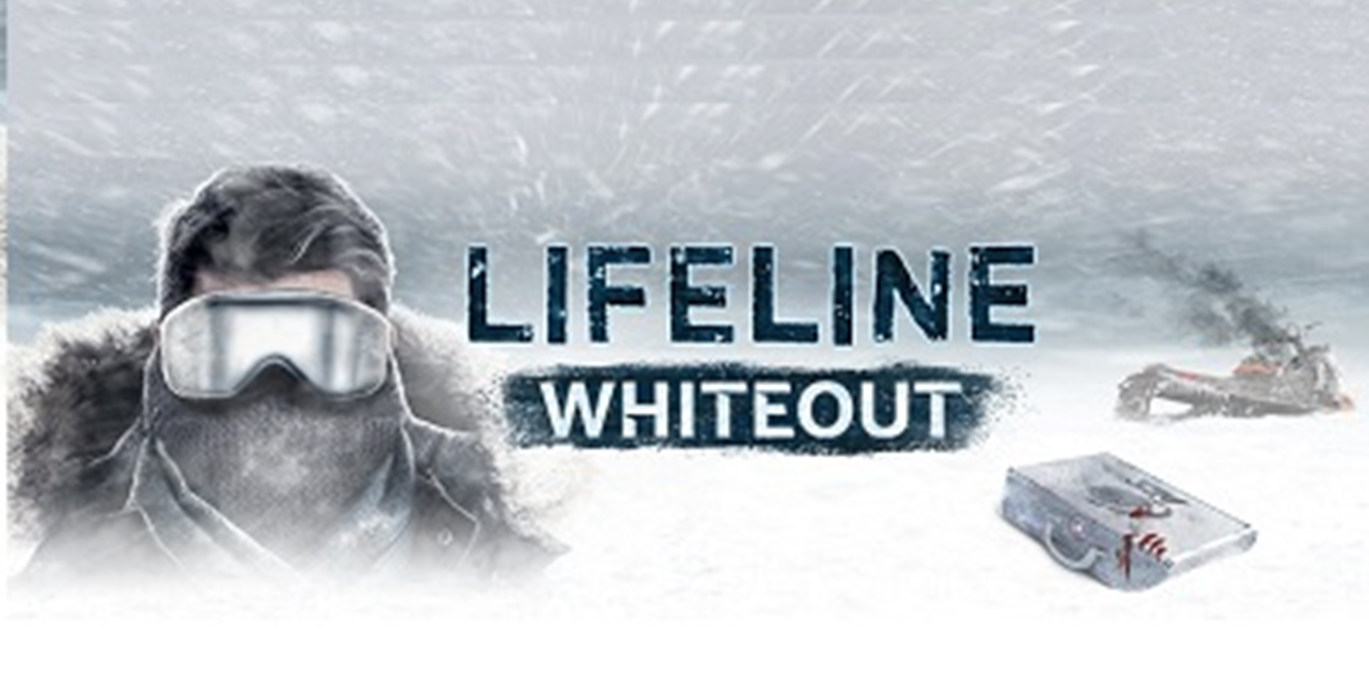 Having recently played this game through to completion, I decided that in the absence of a proper written walk-through, I would create one here. The Lifeline: Whiteout game app is developed by 3 Minute and available on iTunes and Google Play.The following table helps to present all content documented for this game walk-through. The chapter numbering is developed for within the game, whereas the post/article #, which typically appears with the article heading is the sequential numbering system for the entire series. Sorry if this is confusing.
Having recently played this game through to completion, I decided that in the absence of a proper written walk-through, I would create one here. The Lifeline: Whiteout game app is developed by 3 Minute and available on iTunes and Google Play.The following table helps to present all content documented for this game walk-through. The chapter numbering is developed for within the game, whereas the post/article #, which typically appears with the article heading is the sequential numbering system for the entire series. Sorry if this is confusing.
Lifeline: Whiteout is a text-based interactive game which revolves around you as the player making decisions and choices that assist/advise the protagonist character of V Adams. He is ultimately trusting his life to you, so choose wisely! Since the number of decisions and pathways vary from chapter to chapter, I have mapped out a “Main Story” followed by a full documentation of the alternate routes. Through this approach, a process map is then developed, which provides a visual look at each chapters’ sets of decisions and paths. These process maps help to convey the complexity behind some of the longer chapters, whilst also presenting in blue, the shortest/ideal path for progression.
The style of this walk-through explores ALL possible decision paths and outcomes, beyond just simply completing the game and following a single story-line. The Main Story that is presented in the chapters above generally follows a linear first decision selection, unless that outcome leads to a dead-end. All other branches that spin-off from the Main Story are listed sequentially in order of the decision options. Repetition of content is minimised by redirecting the reader to the relevant existing decision route with subsequent decisions.
One interesting point that has emerged from writing up the majority of chapters, as of early February 2017, is that the decision-making algorithm is quite simple. The tracking of previous decisions and how they affect future decisions is quite minimal. I have simplified the presentation of these consequential decisions, particularly for Chapter 9, where the other of visiting rooms at the Relay Station determines whether an additional three decisions/routes are followed.
The style of process flowcharts for Chapter 1 and Chapter 2 remains outdated and different to the standard adopted as of Chapter 3. Once the entire walk-through has been completed, those chapter process flows will be redone to conform to the standard enforced subsequently. Note that the only impact here is the visual presentation of the process flow, since it is not good practice to present routes as decision nodes. Indirectly, this work has been a good opportunity to help explain, in a limited way, basic principles of process mapping. Along the way, I have also documented some tips on statistics, data analytics and Excel formulas used.


5 comments
Comments are closed.